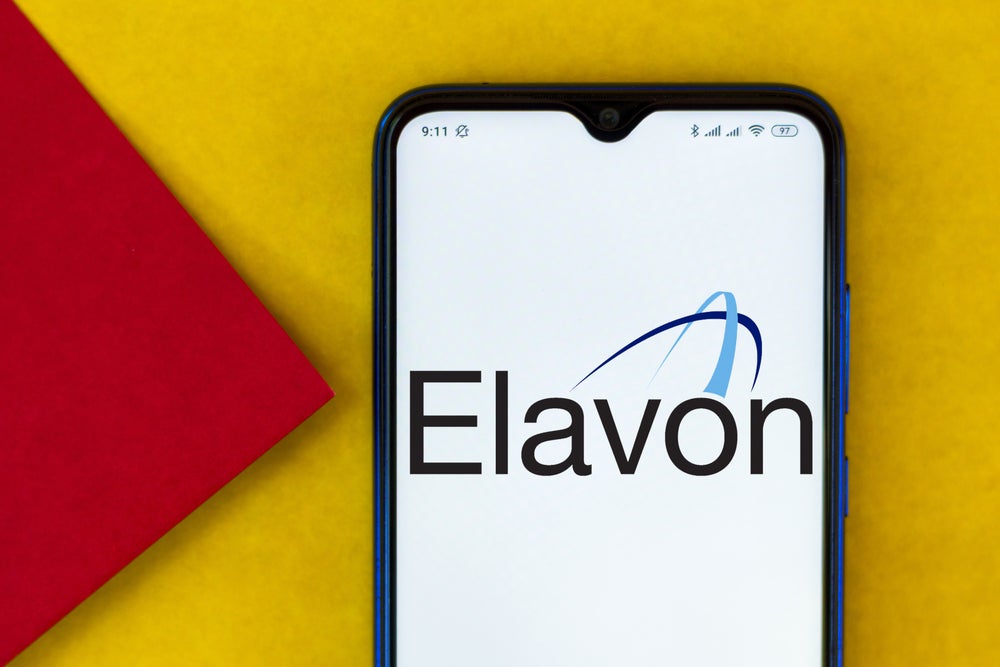Small and medium sized banks may not realise how affordable implementing instant payments into their systems can be, legacy systems in tow or not. Results of a new study show that the cost barrier to configuring a system to access these national schemes may not be as high as previously thought
Lipis Advisors and Icon Solutions have collated the experiences of banks who have gone through the process of integrating faster payments into their systems. The study breaks down the cost structure of instant payments into different categories and apportions the rough cost percentage per category, giving a clearer picture what is feasible in terms of affordability.
This is particularly pertinent for small and medium sized banks that often fear a spiralling cost scenario should they decide to embark on such a project.
Their fears are not without foundation. The implementation of instant payments can have unexpected costs linked to liquidity management practices, channel development, and interfaces with back office systems, meaning it can seem too risky an undertaking for fear they will exhaust funds before the work is complete.
The upshot and, hence, good news for smaller banks is that the cost is much less prohibitive than many anticipate and hardware costs are not a substantial part of the overall spend in any of the solutions modelled, meaning the cost is cumulative and spread over time rather than an upfront outlay.
It turns out that cumulative costs over five years can be as low as €500,000, according to Lipis. And the five year cumulative cost for the largest, most complex projects was reported to be less than €5m. And, for example, investment in thorough testing, which can make up to 60% of the initial implementation cost, and can seem- to understate it- offputting, very much keeps costs down in the long run.
How well do you really know your competitors?
Access the most comprehensive Company Profiles on the market, powered by GlobalData. Save hours of research. Gain competitive edge.

Thank you!
Your download email will arrive shortly
Not ready to buy yet? Download a free sample
We are confident about the unique quality of our Company Profiles. However, we want you to make the most beneficial decision for your business, so we offer a free sample that you can download by submitting the below form
By GlobalDataThe paper sets out different cost scenarios for different types of banks and different strategies for implementation, as well as identifying the four main cost categories, and it will likely some as a surprise to many that the hardware figure is the lowest:
- Hardware- 15%
- Licensing- 25%
- Integration and customisation- 35%
- Maintenance- 25%
A targeted approach, meaning a modular integration that maximises the potential of any legacy system already in place is favoured by most banks.
It all depends on the provider chosen and the strategy of implementation. Two strategies were identified: a modular integration that is both cheaper, faster and of course makes the most of the legacy system in situ and a more major, consolidatory overhaul, to streamline the system and do away with siloes- in effect, ‘rip and replace’.
The fact is, instant payments aren’t a fad, a marketing ploy or a gimmick, they’re not going anywhere and the sooner everybody gets on board the better- it can’t just be the domain of big banks. Small businesses, individual consumers- there are benefits to be gleaned all round from faster payments and as Tom Hay, head of payments at Icon Solutions puts it, “only when small and medium sized banks connect to national schemes willl consumers and businesses across the world be able to take full advantage of its benefits.”







